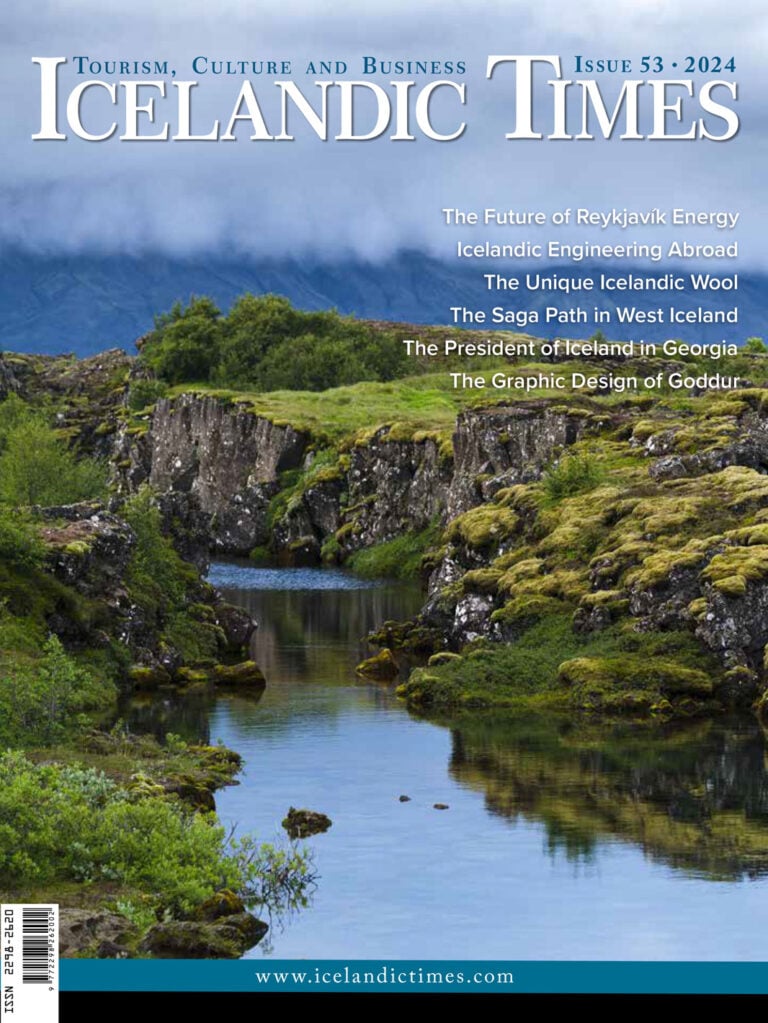There is a good reason why “sheep” and “money” share the same noun for a name in Icelandic. The Icelandic sheep has been an invaluable resource to the people of Iceland since settlement times in the 9th century. As livestock, the sheep provide the settlers and their descendants with meat and dairy products to sustain themselves, but the role of Icelandic wool cannot be underestimated in keeping Icelanders alive throughout the following millennia. With Iceland’s location on the globe, just touching the Arctic Circle, the weather can be calamitous on land and treacherous at sea.
This is where the unique traits of Icelandic wool prove their mettle: the Icelandic wool has outstanding breathability as well as thermal insulation, since the wool is dual coated with a distinctive combination of inner and outer fibres. The inner fibres are fine, soft, and highly insulating, while the outer fibres are long, strong, and weather-resistant. The combination thereof results in lightweight, water-repellent, and highly breathable wool. Today, the characteristics of Icelandic Wool are renowned worldwide, and wool products from Iceland remain highly sought after, whether it’s a Lopapeysa (wool sweater), a cozy blanket, or other items. Almost every tourist coming to Iceland leaves with an item made from Icelandic Wool, appreciating its unique properties. Just as with the inhabitants, more than 1,100 years of fighting the sub-arctic climate and isolation have given Icelandic wool a distinctive character.
Einar Th. Thorsteinsson
[product id=”406315″ ]
Articles from Icelandic Times 53


